4-(Hydroxymethyl)benzoic acid
Synonym(s):4-(Hydroxymethyl)benzoic acid
- CAS NO.:3006-96-0
- Empirical Formula: C8H8O3
- Molecular Weight: 152.15
- MDL number: MFCD00017598
- EINECS: 628-233-9
- SAFETY DATA SHEET (SDS)
- Update Date: 2024-12-04 20:40:58
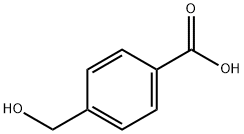
What is 4-(Hydroxymethyl)benzoic acid?
Chemical properties
Off-white solid
The Uses of 4-(Hydroxymethyl)benzoic acid
4-(Hydroxymethyl)benzoic Acid is an intermediate in the synthesis of Eprosartan (E590100), a prototype of the imidazoleacrylic acid angiotensin II receptor antagonists used as an antihypertensive age nt.
The Uses of 4-(Hydroxymethyl)benzoic acid
This linkage reagent for SPPS is essentially acid stable. It is useful in combination with Fmoc-amino acids. Its peptide esters are usually cleaved by basic or nucleophilic reagents, especially by ammonia in the preparation of peptide amides.
The Uses of 4-(Hydroxymethyl)benzoic acid
4-(Hydroxymethyl)benzoic Acid (Eprosartan USP Related Compound E) is an intermediate in the synthesis of Eprosartan (E590100), a prototype of the imidazoleacrylic acid angiotensin II receptor antagonists used as an antihypertensive agent.
Synthesis Reference(s)
Journal of the American Chemical Society, 107, p. 1365, 1985 DOI: 10.1021/ja00291a042
Properties of 4-(Hydroxymethyl)benzoic acid
| Melting point: | 182-185 °C (lit.) |
| Boiling point: | 140-150 °C(Press: 9 Torr) |
| Density | 1.314±0.06 g/cm3(Predicted) |
| storage temp. | Sealed in dry,Room Temperature |
| solubility | DMSO, Methanol |
| form | Coarse Fibers |
| pka | 4.16±0.10(Predicted) |
| color | White |
| BRN | 2690023 |
| CAS DataBase Reference | 3006-96-0(CAS DataBase Reference) |
Safety information for 4-(Hydroxymethyl)benzoic acid
| Signal word | Warning |
| Pictogram(s) |
 Exclamation Mark Irritant GHS07 |
| GHS Hazard Statements |
H315:Skin corrosion/irritation H319:Serious eye damage/eye irritation H335:Specific target organ toxicity, single exposure;Respiratory tract irritation |
| Precautionary Statement Codes |
P264:Wash hands thoroughly after handling. P264:Wash skin thouroughly after handling. P280:Wear protective gloves/protective clothing/eye protection/face protection. P305+P351+P338:IF IN EYES: Rinse cautiously with water for several minutes. Remove contact lenses, if present and easy to do. Continuerinsing. |
Computed Descriptors for 4-(Hydroxymethyl)benzoic acid
| InChIKey | WWYFPDXEIFBNKE-UHFFFAOYSA-N |
4-(Hydroxymethyl)benzoic acid manufacturer
Glyra Health Care Pvt Ltd
Anand Agencies
New Products
(S)-3-Aminobutanenitrile hydrochloride 4-Methylphenylacetic acid N-Boc-D-alaninol N-BOC-D/L-ALANINOL Tert-butyl bis(2-chloroethyl)carbamate 3-Morpholino-1-(4-nitrophenyl)-5,6-dihydropyridin- 2(1H)-one Furan-2,5-Dicarboxylic Acid Tropic acid S-2-CHLORO PROPIONIC ACID ETHYL ISOCYANOACETATE 2-Bromo-1,3-Bis(Dimethylamino)Trimethinium Hexafluorophosphate 4-IODO BENZOIC ACID 3-NITRO-2-METHYL ANILINE 1-(2,4-DICHLOROPHENYL) ETHANAMINE (2-Hydroxyphenyl)acetonitrile 4-Bromopyrazole 5,6-Dimethoxyindanone 2-(Cyanocyclohexyl)acetic acid 4-methoxy-3,5-dinitropyridine 1-(4-(aminomethyl)benzyl)urea hydrochloride 2-aminopropyl benzoate hydrochloride diethyl 2-(2-((tertbutoxycarbonyl)amino) ethyl)malonate tert-butyl 4- (ureidomethyl)benzylcarbamate Ethyl-2-chloro((4-methoxyphenyl)hydrazono)acetateRelated products of tetrahydrofuran
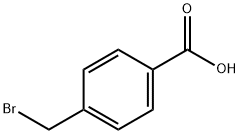
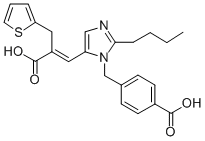
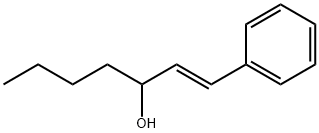

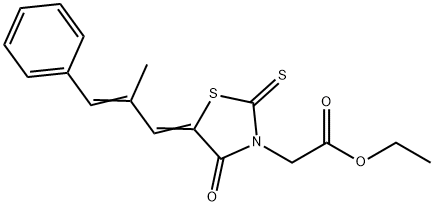
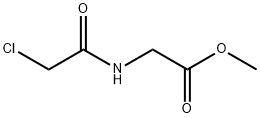
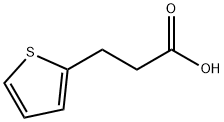
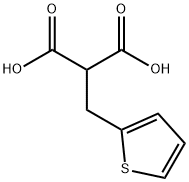
You may like
-
 3006-96-0 4-(Hydroxymethyl)benzoic acid 99%View Details
3006-96-0 4-(Hydroxymethyl)benzoic acid 99%View Details
3006-96-0 -
 4-Hydroxymethylbenzoic Acid CAS 3006-96-0View Details
4-Hydroxymethylbenzoic Acid CAS 3006-96-0View Details
3006-96-0 -
 HMBA Linker (4-(Hydroxymethyl)benzoic Acid) extrapure CAS 3006-96-0View Details
HMBA Linker (4-(Hydroxymethyl)benzoic Acid) extrapure CAS 3006-96-0View Details
3006-96-0 -
 Eprosartan Related Compound E CAS 3006-96-0View Details
Eprosartan Related Compound E CAS 3006-96-0View Details
3006-96-0 -
 HMBA Linker (4-(Hydroxymethyl)benzoic Acid) CAS 3006-96-0View Details
HMBA Linker (4-(Hydroxymethyl)benzoic Acid) CAS 3006-96-0View Details
3006-96-0 -
 1975-50-4 98%View Details
1975-50-4 98%View Details
1975-50-4 -
 14714-50-2 (2-Hydroxyphenyl)acetonitrile 98+View Details
14714-50-2 (2-Hydroxyphenyl)acetonitrile 98+View Details
14714-50-2 -
 118753-70-1 98+View Details
118753-70-1 98+View Details
118753-70-1